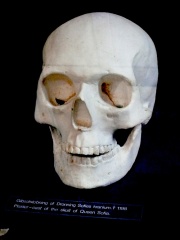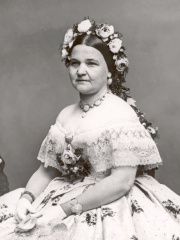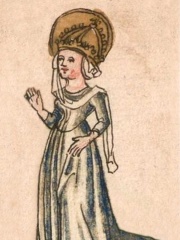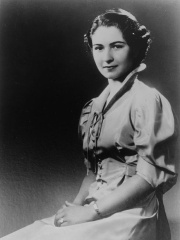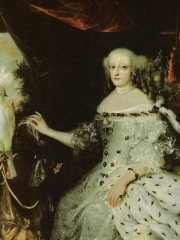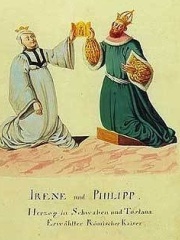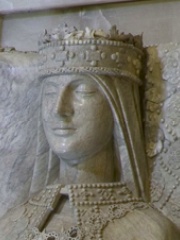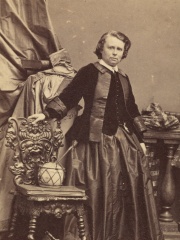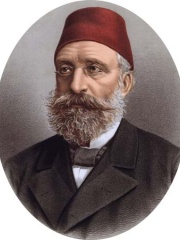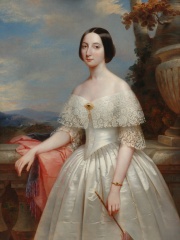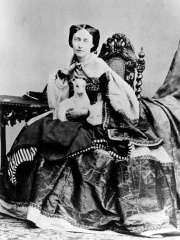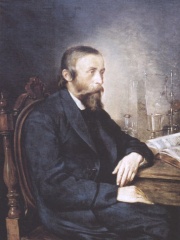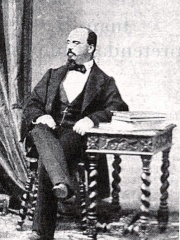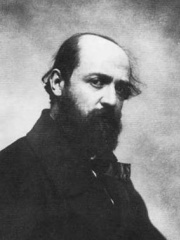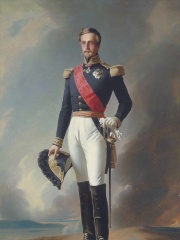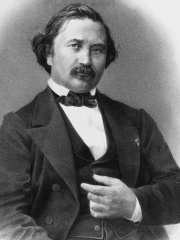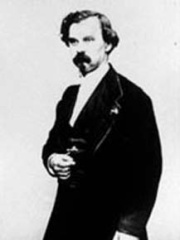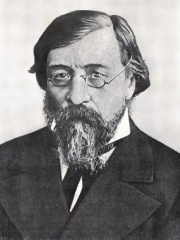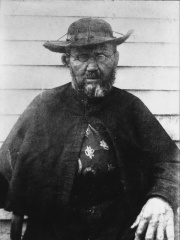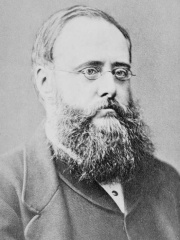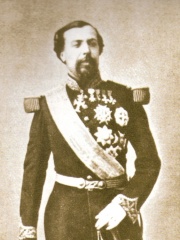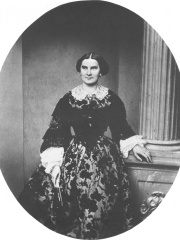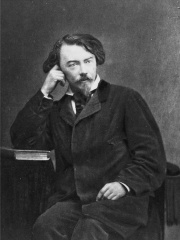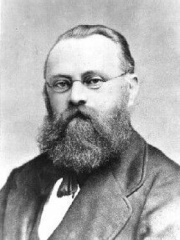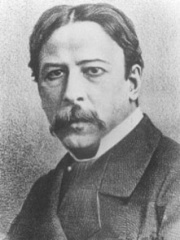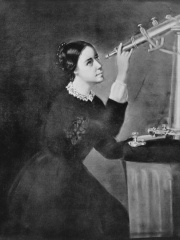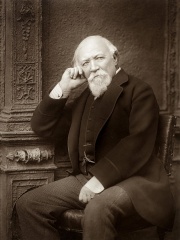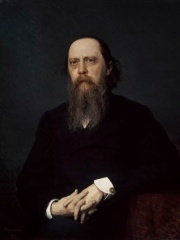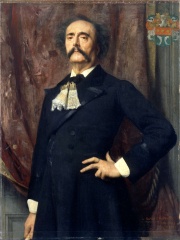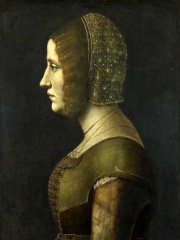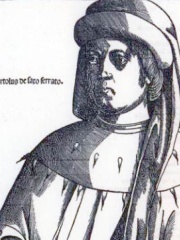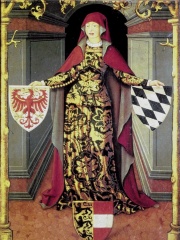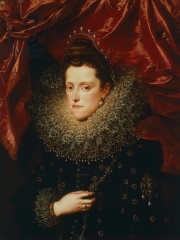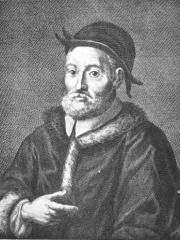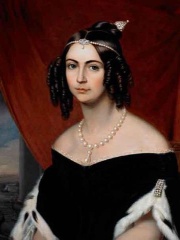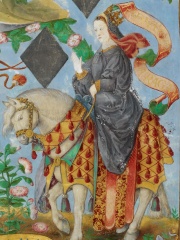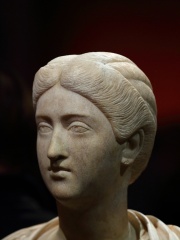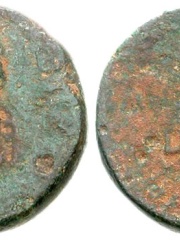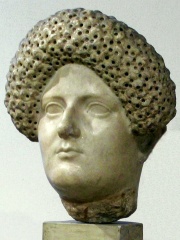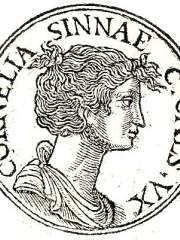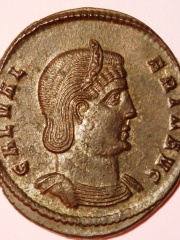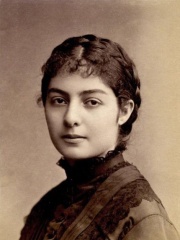COMPANION
Teresa Cristina of the Two Sicilies
1822 - 1889
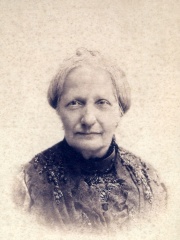
 Teresa Cristina of the Two Sicilies
Teresa Cristina of the Two Sicilies
Dona Teresa Cristina (14 March 1822 – 28 December 1889), nicknamed "the Mother of the Brazilians", was Empress of Brazil as the consort of Emperor Dom Pedro II from their marriage on 30 May 1843 until 15 November 1889, when the monarchy was abolished. Born a princess of the Kingdom of the Two Sicilies in present-day southern Italy, Teresa Cristina was the daughter of King Don Francesco I (Francis I) of the Italian branch of the House of Bourbon and his wife Maria Isabel (Maria Isabella). It was long believed by historians that the Princess was raised in an ultra-conservative, intolerant atmosphere which resulted in a timid and unassertive character in public and an ability to be contented with very little materially or emotionally. Read more on Wikipedia
Since 2007, the English Wikipedia page of Teresa Cristina of the Two Sicilies has received more than 362,112 page views. Her biography is available in 34 different languages on Wikipedia (up from 31 in 2019). Teresa Cristina of the Two Sicilies is the 300th most popular companion (up from 376th in 2019), the 1,233rd most popular biography from Italy (up from 1,487th in 2019) and the 31st most popular Italian Companion.
Memorability Metrics
360k
Page Views (PV)
61.01
Historical Popularity Index (HPI)
34
Languages Editions (L)
4.88
Effective Languages (L*)
3.11
Coefficient of Variation (CV)
Page views of Teresa Cristina of the Two Sicilies by language
Over the past year Teresa Cristina of the Two Sicilies has had the most page views in the Portuguese wikipedia edition with 83,488 views, followed by English (52,521), and Spanish (12,317). In terms of yearly growth of page views the top 3 wikpedia editions are Vietnamese (627.12%), Armenian (410.26%), and Afrikaans (123.57%)
Among COMPANIONS
Among companions, Teresa Cristina of the Two Sicilies ranks 300 out of 784. Before her are Vanessa Paradis, Sophia of Minsk, Mary Todd Lincoln, Mamie Eisenhower, Hildegard of the Vinzgau, and Farida of Egypt. After her are Melania Trump, Sophie Amalie of Brunswick-Lüneburg, Irene Angelina, Juana Enríquez, Alberto Granado, and Queen Anne of Romania.
Most Popular Companions in Wikipedia
Go to all RankingsVanessa Paradis
1972 - Present
HPI: 61.22
Rank: 294
Sophia of Minsk
1140 - 1198
HPI: 61.18
Rank: 295
Mary Todd Lincoln
1818 - 1882
HPI: 61.16
Rank: 296
Mamie Eisenhower
1896 - 1979
HPI: 61.13
Rank: 297
Hildegard of the Vinzgau
758 - 783
HPI: 61.09
Rank: 298
Farida of Egypt
1921 - 1988
HPI: 61.01
Rank: 299
Teresa Cristina of the Two Sicilies
1822 - 1889
HPI: 61.01
Rank: 300
Melania Trump
1970 - Present
HPI: 61.01
Rank: 301
Sophie Amalie of Brunswick-Lüneburg
1628 - 1685
HPI: 61.00
Rank: 302
Irene Angelina
1181 - 1208
HPI: 60.98
Rank: 303
Juana Enríquez
1425 - 1468
HPI: 60.97
Rank: 304
Alberto Granado
1922 - 2011
HPI: 60.93
Rank: 305
Queen Anne of Romania
1923 - 2016
HPI: 60.90
Rank: 306
Contemporaries
Among people born in 1822, Teresa Cristina of the Two Sicilies ranks 23. Before her are Edmond de Goncourt, Rosa Bonheur, Midhat Pasha, Adelaide of Austria, Olga Nikolaevna of Russia, and Ignacy Łukasiewicz. After her are Red Cloud, Juan, Count of Montizón, Henri Murger, Henri d'Orléans, Duke of Aumale, Joseph Bertrand, and Jules Antoine Lissajous. Among people deceased in 1889, Teresa Cristina of the Two Sicilies ranks 16. Before her are Nikolay Chernyshevsky, Father Damien, Wilkie Collins, Charles III, Prince of Monaco, Marie of Prussia, and Auguste Villiers de l'Isle-Adam. After her are Wilhelm Tempel, Giovanni Bottesini, Maria Mitchell, Robert Browning, Mikhail Saltykov-Shchedrin, and Jules Barbey d'Aurevilly.
Others Born in 1822
Go to all RankingsEdmond de Goncourt
WRITER
1822 - 1896
HPI: 63.78
Rank: 17
Rosa Bonheur
SCULPTOR
1822 - 1899
HPI: 63.43
Rank: 18
Midhat Pasha
POLITICIAN
1822 - 1883
HPI: 63.22
Rank: 19
Adelaide of Austria
COMPANION
1822 - 1855
HPI: 62.93
Rank: 20
Olga Nikolaevna of Russia
POLITICIAN
1822 - 1892
HPI: 61.15
Rank: 21
Ignacy Łukasiewicz
CHEMIST
1822 - 1882
HPI: 61.08
Rank: 22
Teresa Cristina of the Two Sicilies
COMPANION
1822 - 1889
HPI: 61.01
Rank: 23
Red Cloud
POLITICIAN
1822 - 1909
HPI: 60.06
Rank: 24
Juan, Count of Montizón
POLITICIAN
1822 - 1887
HPI: 59.64
Rank: 25
Henri Murger
WRITER
1822 - 1861
HPI: 59.45
Rank: 26
Henri d'Orléans, Duke of Aumale
POLITICIAN
1822 - 1897
HPI: 58.34
Rank: 27
Joseph Bertrand
MATHEMATICIAN
1822 - 1900
HPI: 58.31
Rank: 28
Jules Antoine Lissajous
PHYSICIST
1822 - 1880
HPI: 57.08
Rank: 29
Others Deceased in 1889
Go to all RankingsNikolay Chernyshevsky
WRITER
1828 - 1889
HPI: 65.26
Rank: 10
Father Damien
RELIGIOUS FIGURE
1840 - 1889
HPI: 65.19
Rank: 11
Wilkie Collins
WRITER
1824 - 1889
HPI: 62.91
Rank: 12
Charles III, Prince of Monaco
POLITICIAN
1818 - 1889
HPI: 62.37
Rank: 13
Marie of Prussia
POLITICIAN
1825 - 1889
HPI: 61.31
Rank: 14
Auguste Villiers de l'Isle-Adam
WRITER
1838 - 1889
HPI: 61.31
Rank: 15
Teresa Cristina of the Two Sicilies
COMPANION
1822 - 1889
HPI: 61.01
Rank: 16
Wilhelm Tempel
ASTRONOMER
1821 - 1889
HPI: 60.58
Rank: 17
Giovanni Bottesini
COMPOSER
1821 - 1889
HPI: 59.52
Rank: 18
Maria Mitchell
ASTRONOMER
1818 - 1889
HPI: 59.23
Rank: 19
Robert Browning
WRITER
1812 - 1889
HPI: 59.22
Rank: 20
Mikhail Saltykov-Shchedrin
WRITER
1826 - 1889
HPI: 59.20
Rank: 21
Jules Barbey d'Aurevilly
WRITER
1808 - 1889
HPI: 59.00
Rank: 22
In Italy
Among people born in Italy, Teresa Cristina of the Two Sicilies ranks 1,233 out of 5,161. Before her are Isabella of Aragon, Duchess of Milan (1470), Bartolus de Saxoferrato (1313), Mario Capecchi (1937), Marisa Pavan (1932), Gaetano Scirea (1953), and Gino Severini (1883). After her are Margaret, Countess of Tyrol (1318), Federico II Gonzaga, Duke of Mantua (1500), Eleanor de' Medici (1567), Alessandro Moreschi (1858), Andrea Cesalpino (1519), and Justa Grata Honoria (417).
Others born in Italy
Go to all RankingsIsabella of Aragon, Duchess of Milan
POLITICIAN
1470 - 1524
HPI: 61.09
Rank: 1,227
Bartolus de Saxoferrato
PHILOSOPHER
1313 - 1357
HPI: 61.08
Rank: 1,228
Mario Capecchi
BIOLOGIST
1937 - Present
HPI: 61.08
Rank: 1,229
Marisa Pavan
ACTOR
1932 - 2023
HPI: 61.07
Rank: 1,230
Gaetano Scirea
SOCCER PLAYER
1953 - 1989
HPI: 61.07
Rank: 1,231
Gino Severini
PAINTER
1883 - 1966
HPI: 61.06
Rank: 1,232
Teresa Cristina of the Two Sicilies
COMPANION
1822 - 1889
HPI: 61.01
Rank: 1,233
Margaret, Countess of Tyrol
POLITICIAN
1318 - 1369
HPI: 61.01
Rank: 1,234
Federico II Gonzaga, Duke of Mantua
POLITICIAN
1500 - 1540
HPI: 61.00
Rank: 1,235
Eleanor de' Medici
POLITICIAN
1567 - 1611
HPI: 60.99
Rank: 1,236
Alessandro Moreschi
SINGER
1858 - 1922
HPI: 60.99
Rank: 1,237
Andrea Cesalpino
PHYSICIAN
1519 - 1603
HPI: 60.99
Rank: 1,238
Justa Grata Honoria
POLITICIAN
417 - 455
HPI: 60.99
Rank: 1,239
Among COMPANIONS In Italy
Among companions born in Italy, Teresa Cristina of the Two Sicilies ranks 31. Before her are Amélie of Leuchtenberg (1812), Constance of Sicily, Queen of Aragon (1249), Bruttia Crispina (164), Adelaide del Vasto (1072), Constantina (325), and Mary of Modena (1658). After her are Julia Drusilla (39), Domitia Longina (100), Cornelia (-97), Princess Marie of Orléans (1813), Galeria Valeria (300), and Natalie of Serbia (1859).
Amélie of Leuchtenberg
1812 - 1873
HPI: 62.65
Rank: 25
Constance of Sicily, Queen of Aragon
1249 - 1302
HPI: 62.42
Rank: 26
Bruttia Crispina
164 - 191
HPI: 62.40
Rank: 27
Adelaide del Vasto
1072 - 1118
HPI: 61.84
Rank: 28
Constantina
325 - 354
HPI: 61.64
Rank: 29
Mary of Modena
1658 - 1718
HPI: 61.55
Rank: 30
Teresa Cristina of the Two Sicilies
1822 - 1889
HPI: 61.01
Rank: 31
Julia Drusilla
39 - 41
HPI: 60.80
Rank: 32
Domitia Longina
100 - 126
HPI: 60.19
Rank: 33
Cornelia
97 BC - 69 BC
HPI: 59.92
Rank: 34
Princess Marie of Orléans
1813 - 1839
HPI: 59.21
Rank: 35
Galeria Valeria
300 - 315
HPI: 58.78
Rank: 36
Natalie of Serbia
1859 - 1941
HPI: 58.45
Rank: 37

